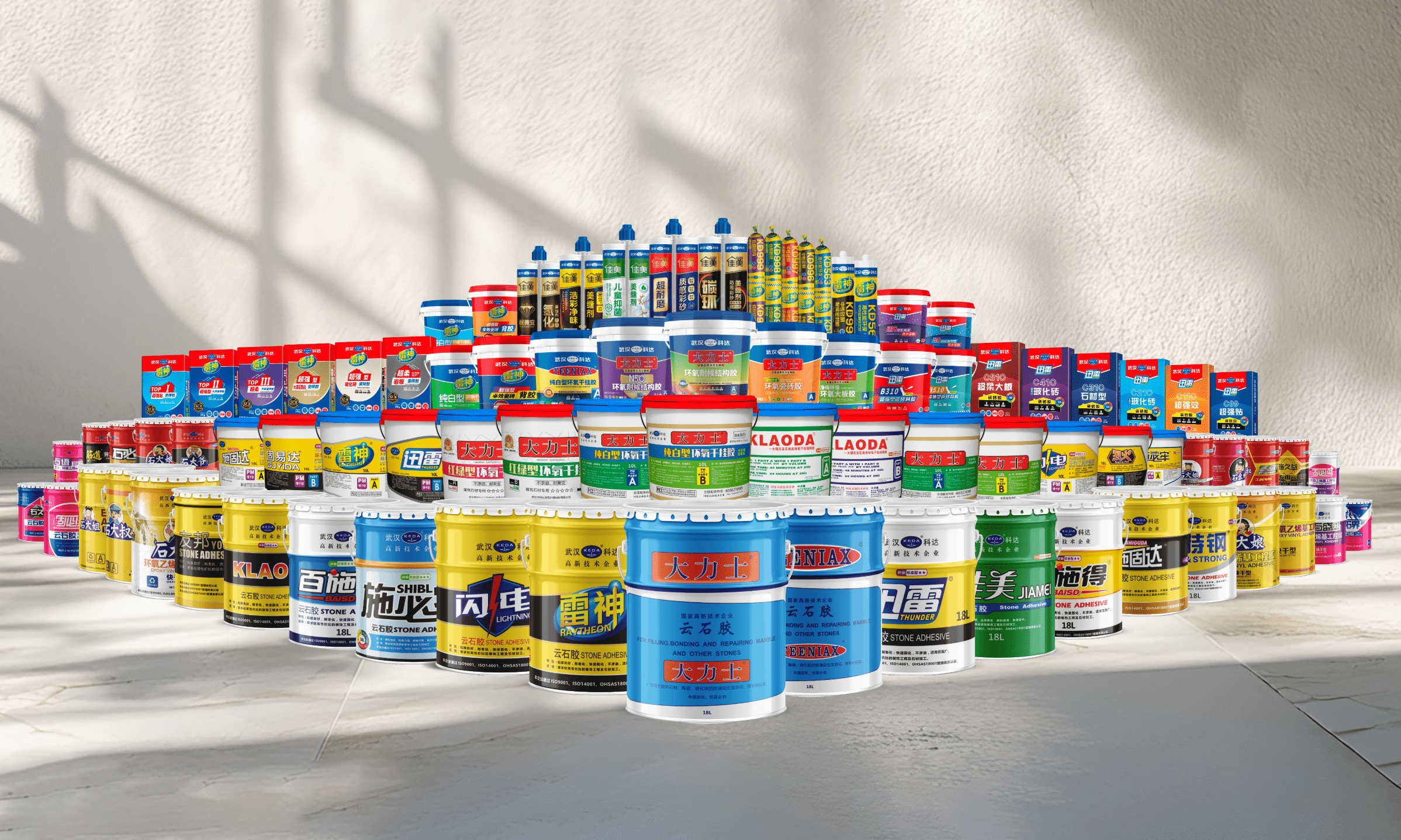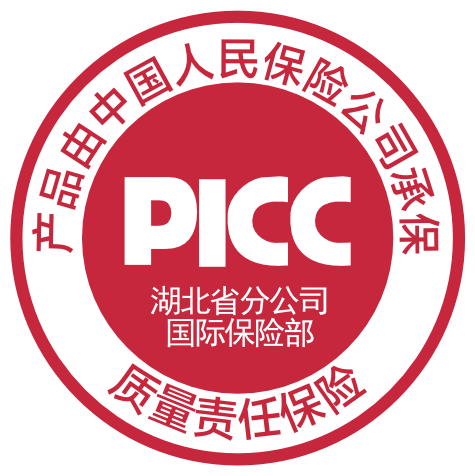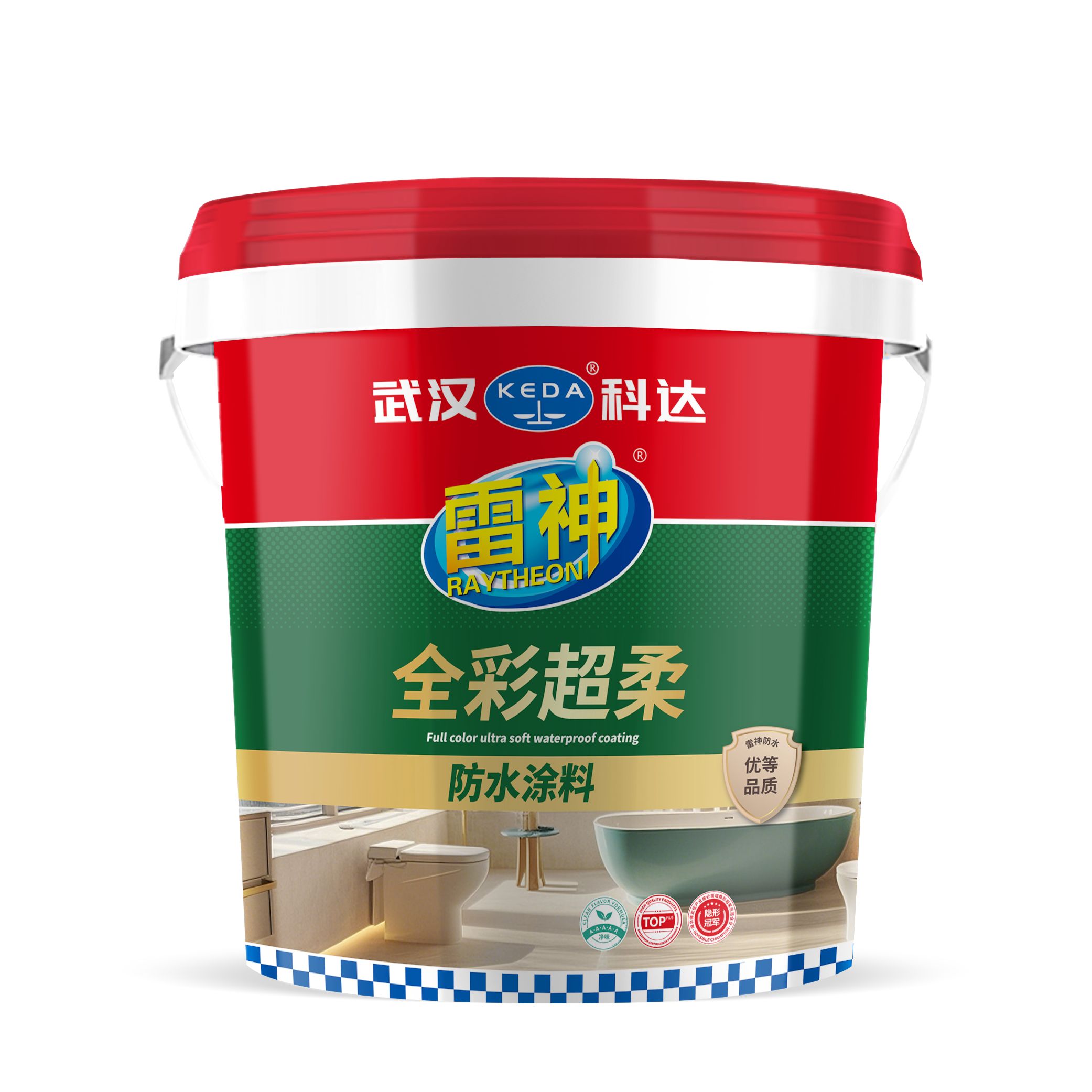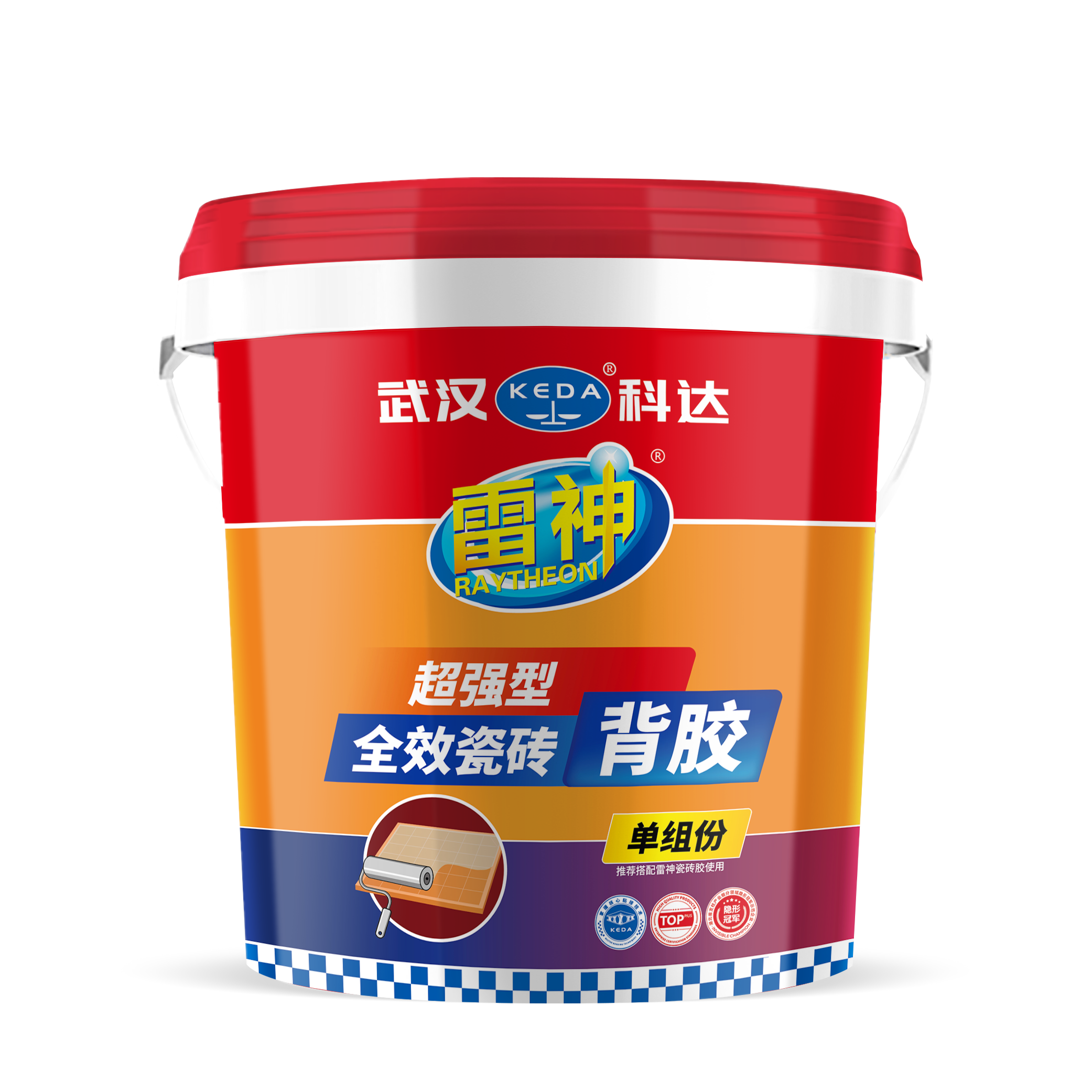

Raytheon Full Color Universal Waterproof Coating
-
Main features
-
- Beautiful color coating, effectively avoid leakage coating
- Good leveling and effortless brushing
- Have good adhesion, can be firmly attached to the base surface
- Super water resistance, alkali resistance, can adapt to long-term immersion environment
- Can be directly constructed on the wet base surface without open water
- Excellent matching, dry solid can be used after the appropriate tile glue paste
-
Product Certification
-
-
-
Color
- Blue
-
Product Specifications
-
- 18kg per Bucket
-
Executive standards
-
- JC/T 2090-2011 Polymer Cement Waterproofing Slurry Type I
Product overview
Raytheon full-color universal waterproof coating is a high-quality environmentally friendly emulsion as the base material, high-quality Portland white cement, inorganic mineral material grade with aggregate by scientific ratio modulation of a two-component waterproof coating, the product has good waterproof, alkali resistance and bonding performance, widely used in indoor bathroom, kitchen, balcony and other location of the waterproof treatment
Product characteristics
|
Characteristic one
|
Low VOC, low odor, safety and environmental protection
|
Characteristic II
|
Beautiful color, avoid leakage brush
|
|
Characteristic three
|
Strong adhesion, tiling worry-free
|
Characteristic four
|
Smooth roll coating, efficient construction
|
Scope of application
bathroom, kitchen, balcony
Basement side wall
Indoor back water waterproof moisture-proof
Construction operation
【Base Layer Preparation】
Base Layer Inspection: The wall base should be solid, free of oil stains, floating dust, and other loose materials. For large holes and cracks, repair them first with mortar or leak-sealing products. It is recommended to treat the aluminum formwork concrete base with an interface agent first.
Base Layer Moistening: Fully moisten the base with clean water. Construction can only start when there is no visible water on the base surface.
【Coating Preparation】
First, pour the liquid component into a clean empty bucket, start stirring, and slowly add the powder component in the recommended proportion. Keep stirring while adding the powder until a uniform slurry is formed in the bucket. Mechanical stirring must be used to achieve the best stirring effect. After stirring evenly, let the slurry stand for curing for about 3-5 minutes, then stir again for about 30 seconds before use.
【Waterproof Construction】
It is recommended to use a medium-bristle or long-bristle roller for construction (a brush can be used for joint treatment). Construction should be carried out with thin coats applied multiple times. The brushing direction of the second coat should be perpendicular to that of the first coat. Each coat of construction must be carried out after the previous waterproof layer is surface-dry (about 2-6 hours) until the required thickness is reached.
Apply two or more coats of waterproof layer. The total thickness of the waterproof layer must be more than 1.5mm, and the thickness of each coat shall not exceed 1mm to facilitate curing.
After construction, conduct an overall inspection and promptly handle any missed coating areas.
After the coating film is completely dry, the water-tightness test can be carried out.
【Recommended Dosage】
When the coating film thickness is 1.0mm, the theoretical dosage is approximately 2.1±0.2kg/m² (the specific dosage varies depending on the flatness of the base layer).
Precautions
should be at a temperature of 5 ℃ ~ 35 ℃, air relative humidity ≤ 85% under the conditions of construction; low temperature or high humidity environment, can be appropriate to extend the subsequent construction time, high temperature climate should pay attention to ensure that the base is wet enough
Before the product is used, the mixing equipment should be prepared, and manual mixing is strictly prohibited.
The stirred slurry should be used up within 1 hour, and the solidified material should not be reused
with water. Waterproof construction should adhere to the principle of first node treatment and then large surface, should first deal with the root, yin and yang angle position of the node
It is recommended to support our brand tile glue for paving construction
In the basement and air circulation places, please try to avoid high humidity and air temperature for construction, available fan auxiliary ventilation
Transportation and storage
-
Storage conditionsThe product should be stored in a cool and ventilated place, no exposure, rain
-
Transportation requirementsDuring transportation, prevent rain, sun exposure, cold, squeeze and collision, and keep the package intact.
-
Warranty PeriodFrom the date of production, the shelf life of the product is 12 months at a storage temperature of 5-35°C.
FAQ
-
Q
The coating may stratify, precipitate or form a skin on the surface after storage
-
A
The storage temperature is too high, the seal is not tight, or it has been left for a long time without stirring.
Solution Store as required by the instruction manual (such as away from light and in an environment of 5 to 35℃);
-
Q
The coating does not cure for a long time after application
-
A
1. Incorrect two-component ratio;
2. Low-temperature or high-humidity environment;
Solution: Mix strictly in proportion and use an electric mixer.
2. The ambient temperature should be between 5 and 35 degrees Celsius, and ventilation should be enhanced.
-
Q
Cracks appear in the coating or it detaches from the base layer
-
A
The base layer has not been cleaned (with loose dust and oil stains).
2. Applying too thick a single coat;
3. The material is incompatible with the base layer.
Solution: 1. Clean the base layer and moisten it (without standing water);
2. Apply thin coats multiple times (0.5 to 1mm per layer);
3. The corners are rounded and the reinforcing material 249 is added.
-
Q
There are fine holes or bulges on the surface of the coating
-
A
1. The base layer contains pores, and gas escapes during painting.
2. Exposure to high temperatures or excessive application.
Solution: 1. Moisten the base layer to saturation before construction;
2. Adopt a thin-coating process and avoid construction under direct sunlight.
3. Remove the bulging part and then repair it.
-
Q
The coating sags on the vertical surface, resulting in uneven thickness
-
A
Applying too thickly at one time or using improper construction methods.
Solution: Apply in three coats up to 1.5mm, crossing the horizontal and vertical directions.
2. Use a toothed scraper to control the thickness.
-
Q
Leakage occurs during the water-tightness test or after use
-
A
1. The coating has missed areas and pinholes.
2. The cracks in the base layer have not been treated or the quality of the materials is poor.
Solution: Repair the defective areas, reapply the paint and conduct a water-tightness test.
2. Additional layers should be added to important parts (such as the root of the pipe).
-
Q
The surface of the coating is white, discolored or uneven in color
-
A
1. Construction in damp environments (whitening);
2. Ultraviolet radiation or chemical erosion (discoloration).
3. Improper proportioning of two-component products (uneven color) Solution: 1. Select anti-whitening coatings and ensure the base layer is dry;
2. Weather-resistant coatings should be selected for outdoor use (coatings that can be used exposed).
-
Q
Paints release harmful gases (such as VOCs)
-
A
Using inferior or non-environmentally friendly materials.
Solution: 1. Choose low-VOC and non-toxic products (such as polymer cement-based coatings);
2. Ensure good ventilation during construction and wait until it has cured before moving in.
Preventive measures: 1. Base treatment: Ensure it is solid, flat, and free of oil stains. Base surfaces with high water absorption rates need to be moistened.
2. Material Selection: For damp substrates, choose coatings with strong adhesion (such as cement-based permeable crystalline type).
High-elasticity coatings (such as polyurethane) should be used for high-deformation areas.
3. Environmental Control: Avoid construction on rainy days, in winds of force 5 or above, or in extreme temperatures.
4. Process Specifications: The total thickness of the coating is ≥1.2mm (for organic coatings) or ≥3.0mm (for cement-based coatings).
The joint width should be no less than 100mm to avoid any missed coating.
Special Scene Precautions:
1. Basement project: Reactive coatings are recommended for the water-facing side, while cement-based coatings are suitable for the water-facing side.
2. Winter construction: Prefer reactive coatings to avoid the problem of low-temperature curing.
3. Renovation of old layers: Thoroughly remove the original coating and, if necessary, use an interface agent to enhance adhesion.
By standardizing material selection, strict construction and post-construction maintenance, the occurrence of problems with waterproof coatings can be significantly reduced. If the problem has already occurred, it should be repaired in a targeted manner based on the specific cause, and priority should be given to checking the compatibility of the grassroots level and materials.
Related Products



WeChat Channels


TikTok














